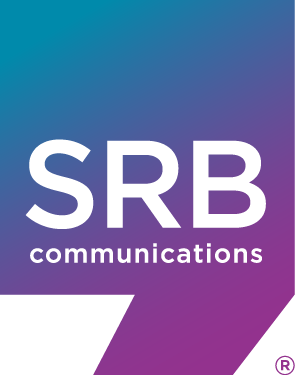News & Insights
Strategic Communications: Planning for Organizational Success

The Importance of Strategic Communications Planning for Organizational Success
In today’s fast-paced and information-saturated world, effective communication is more than just a business necessity—it’s a strategic advantage. Organizations that invest in comprehensive communications planning are better equipped to shape their brand narrative, build trust with stakeholders, and navigate challenges with resilience. Without a clear and intentional communications strategy, even the most well-intended messages can fall flat or, worse, cause confusion and damage credibility.
What Is Strategic Communications Planning?
Strategic communications planning is the process of deliberately crafting and managing how an organization conveys its messages to internal and external audiences. It involves defining objectives and messaging pillars, identifying key stakeholders, and determining the most effective channels and tactics to achieve specific goals. Rather than reacting to situations in a fragmented manner, strategic planning ensures that messaging is consistent, purposeful and aligned with the organization’s mission and values.
Why It Matters
Ensures Consistent and Coherent Messaging
Organizations often communicate across multiple platforms—social media, press releases, internal memos, websites, and more. Without a strategic plan, messages can become fragmented, inconsistent, or even contradictory. A well-defined communication strategy ensures that all messages, regardless of the channel, reinforce the same core values and objectives. This consistency builds trust and credibility, both internally and externally.
Strengthens Brand Identity and Reputation
Strategic communication plays a vital role in shaping how an organization is perceived. Clear, authentic, and purposeful messaging reinforces brand identity and fosters positive associations. Conversely, inconsistent or unclear messaging can create confusion and erode trust. By proactively managing how the organization presents itself, strategic planning helps maintain and enhance its reputation.
Improves Crisis Preparedness and Response
In times of crisis, clear and confident communication is essential. Organizations with pre-established communication strategies can respond swiftly and effectively, controlling the narrative rather than being caught off guard. Strategic planning includes crisis communication protocols, ensuring that teams know how to communicate transparently and mitigate potential damage. Having a readily available toolkit is imperative in high stakes instances.
Enhances Stakeholder Engagement
Effective communication isn’t just about broadcasting messages—it’s also about engaging with stakeholders. Whether it’s employees, customers, board members, the media, or the public, strategic planning helps organizations understand their audiences and tailor messages accordingly. This leads to stronger relationships, increased loyalty, and better alignment with stakeholder expectations.
Supports Organizational Goals
Every organization has specific goals—whether it’s increasing sales, attracting donors, promoting a cause, or taking a stance on a hotly debated topic. Strategic communications planning ensures that messaging directly supports these objectives. For example, a nonprofit seeking to boost fundraising efforts can create a targeted communication plan that highlights impactful stories, uses data effectively, and inspires action.
Key Elements of an Effective Strategic Communications Plan
Clear Objectives: Define what you aim to achieve (e.g., raising awareness, driving sales, or shifting public perception).
Audience Segmentation: Identify key audiences and understand their needs, preferences, and behaviors.
Consistent Messaging: Develop core messages that align with the organization’s values and goals.
Multichannel Strategy: Choose the most effective platforms (social media, email, press releases, etc.) to reach each audience segment.
Measurement and Adaptation: Set metrics for success (engagement, conversions, sentiment) and continuously evaluate and refine your approach.
Conclusion
Strategic communications planning is not just a best practice—it’s a fundamental driver of organizational success. By taking a thoughtful and intentional approach to messaging, organizations can enhance their credibility, strengthen stakeholder relationships and effectively achieve their goals. In an era where reputation and perception hold immense value, investing in strategic communications is not optional, but it’s essential.



